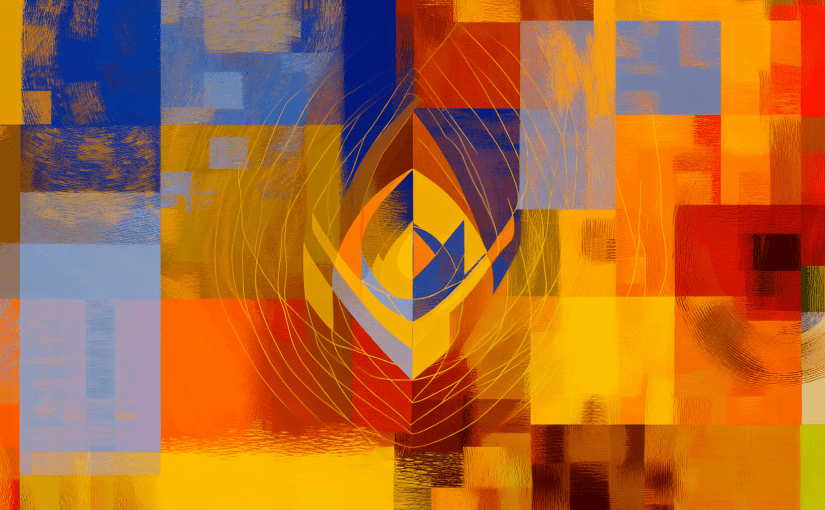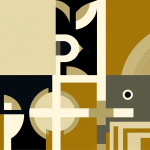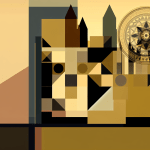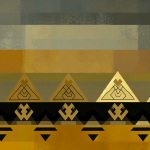Catholicism and the Arts: A Rich Tradition of Spiritual Expression
Catholicism has a profound and multifaceted relationship with the arts. From sacred music to liturgical paintings, the Church has long embraced the creative spirit as a means of expressing faith, cultivating spirituality, and spreading the message of the Gospel. This blog post explores the intricate ways in which Catholicism and the arts intertwine, revealing how artists across centuries have inspired and uplifted souls through their creative endeavors.
The Historical Context of Catholicism and Art
The relationship between Catholicism and the arts dates back to the early days of the Church. Initially, Christian art was developed to communicate religious stories and events to a largely illiterate population. These early works served not only as decoration but also as educational tools. Frescoes in catacombs and later in churches depicted scenes from the Bible, aiming to instruct the faithful about Jesus Christ’s life.
During the Renaissance, a period marked by a revival of classical learning and a burgeoning appreciation for humanism, the Catholic Church became a significant patron of the arts. Famous artists like Michelangelo, Raphael, and Caravaggio produced some of their most notable works for the Church. In doing so, they conveyed the beauty of the divine and the profundity of Catholic teachings through their art.
The Role of Sacred Music in Catholic Worship
Music has an essential role in Catholic worship, enhancing the liturgical experience and fostering a deeper sense of community. Sacred music encompasses a broad spectrum, including Gregorian chant, hymns, and contemporary worship songs. Each style serves to uplift the spirit and engage the congregation in prayer.
Gregorian Chant: The Heart of Medieval Worship
One of the oldest forms of sacred music in the Catholic tradition is Gregorian chant, which emerged in the early Middle Ages. Characterized by its simple, monophonic melodies sung in Latin, Gregorian chant was used extensively in the Mass and other liturgical celebrations. Its ethereal quality creates an atmosphere of reverence and contemplation, making it a vital component of the Catholic worship experience.
Modern Adaptations of Sacred Music
In recent years, contemporary musicians have emerged within the Catholic Church, creating new forms of worship music that resonate with younger generations. Artists like Matt Maher and Audrey Assad blend traditional themes with modern sounds, resulting in music that speaks to a diverse audience. This evolution demonstrates how Catholicism continues to engage with the arts, adapting to the changing cultural landscapes while maintaining its core message.
Visual Arts: From Iconography to Modern Expression
Visual arts have played an equally critical role in Catholicism, communicating theological concepts through various forms of artistic expression. Iconography, particularly in Eastern Catholicism, provides a visual language that conveys spiritual truths and invites contemplation.
The Power of Iconography
Icons serve as windows into the divine, representing saints, biblical events, and sacred themes. The meticulous creation of icons involves prayer, meditation, and strict adherence to traditional methods, reflecting the belief that the artist participates in the spiritual realm through their work. In this way, iconography transcends mere decoration, becoming a vital aspect of worship and devotion.
Painting and Sculpture: Celebrating the Divine
Throughout history, painting and sculpture have also been instruments of faith within the Catholic tradition. The grandeur of the Sistine Chapel and the palpable emotion in works like Bernini’s “Ecstasy of Saint Teresa” express the beauty and complexity of Catholic beliefs. These masterpieces invite viewers to contemplate the divine and provoke emotional responses that can lead to deeper spiritual reflection.
Catholic Literature: A Testament to Faith and Creativity
Catholic writers and poets have also enriched the arts by exploring themes of faith, morality, and the human condition. Literary works have the power to engage the mind and prompt introspection, making literature a profound medium for spiritual exploration.
The Influence of Catholic Authors
Authors like Dante Alighieri, with his epic “Divine Comedy,” and Flannery O’Connor, known for her short stories, have profoundly shaped Catholic literature. Their works delve into the complexities of faith, grace, and redemption, prompting readers to grapple with deep theological questions. The blending of artistry and spirituality in literature invites readers to embark on a journey of discovery and enlightenment.
Poetry and Liturgy
Poetry has long been a form of artistic expression within Catholicism, often finding its way into liturgy. Hymns, psalms, and prayer poetry enrich the worship experience, connecting congregation members through shared expressions of faith. The eloquence of Catholic poetry, from the works of John Milton to Gerard Manley Hopkins, continues to inspire and resonate with believers today.
The Role of Art in Catholic Education
Catholic educational institutions recognize the significance of the arts in shaping a well-rounded faith. Schools and universities prioritizing art programs encourage students to explore their creativity while deepening their understanding of their faith. This holistic approach cultivates a love for both the arts and spiritual growth.
Integrating Art with Theology
In many Catholic universities, courses integrating art and theology explore how artistic expression reflects and informs Catholic teachings. Students engage with artworks from various periods, analyzing the connection between the creator’s faith and their artistic output. This interdisciplinary study enriches the learning experience and fosters a deeper appreciation for the role of art in the Catholic tradition.
Challenges and Opportunities in the Modern World
While Catholicism and the arts have a rich historical relationship, contemporary challenges exist in promoting artistic expression within the Church. Secularism has led to a decline in appreciation for traditional forms of art, urging Catholic communities to adapt and innovate while staying true to their roots.
Encouraging New Artists
To preserve the vibrant connection between Catholicism and the arts, it is essential to nurture and support emerging artists. This can be achieved through grants, scholarships, and platforms that provide opportunities for artists to showcase their work. By encouraging new voices, the Church can ensure that the artistic expression of faith continues to flourish.
Embracing Diverse Artistic Forms
Catholic communities should also embrace diverse artistic forms, including digital art, performance, and multimedia expressions. By incorporating modern methods of storytelling and artistic expression, the Church can engage a broader audience and resonate with those who may feel disconnected from traditional forms of art.
Conclusion: A Lasting Impact on Faith and Culture
The relationship between Catholicism and the arts is an enduring testament to the power of creativity in expressing faith and spirituality. From sacred music to visual art and literature, artists have shaped the Catholic experience across centuries, inviting believers into deeper relationship with God. As the world continues to change, it is essential that the Church encourages artistic expression that reflects contemporary realities while remaining rooted in the rich tradition of Catholicism. In doing so, Catholicism and the arts will continue to inspire and uplift souls for generations to come.




